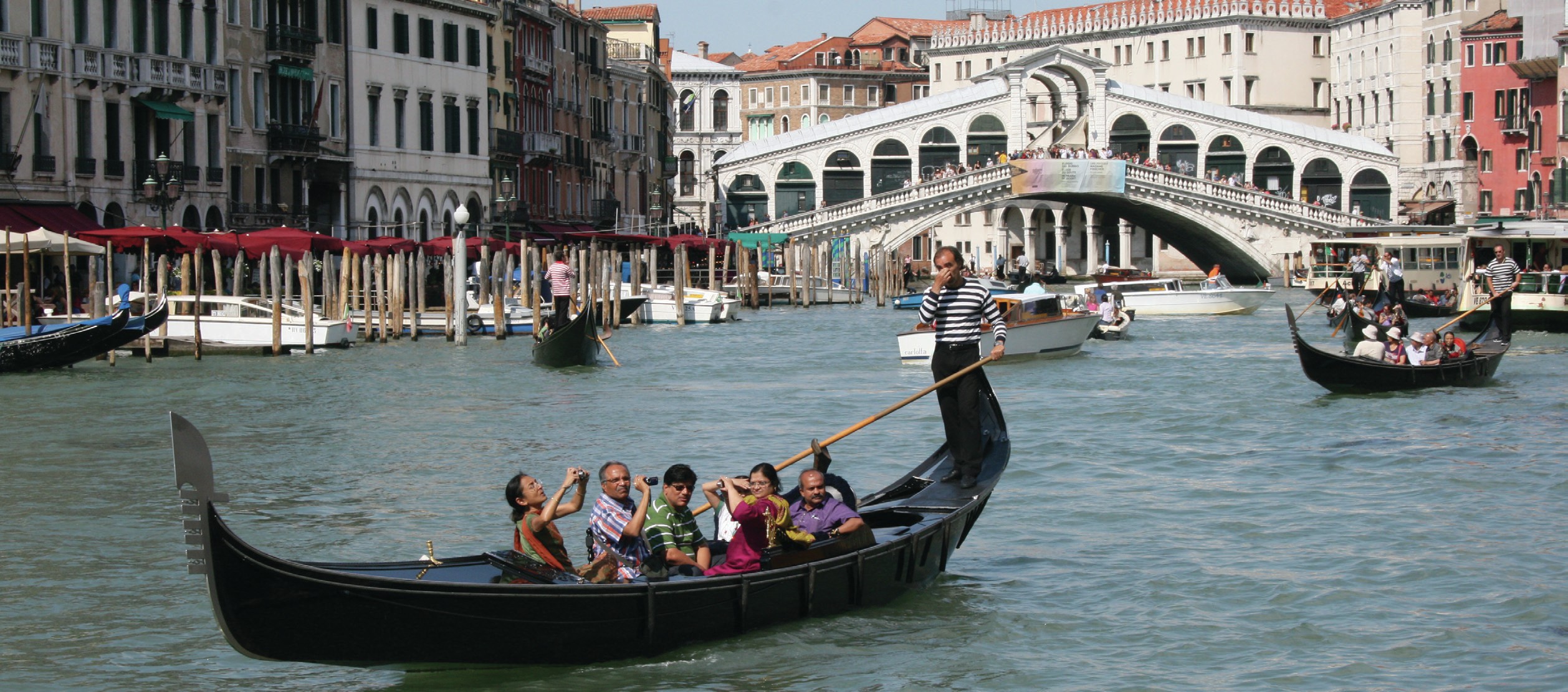
Tourism has become a global industry. Nowhere is this more obvious than at World Heritage sites. There are now 962 places that UNESCO’s World Heritage Committee considers to have outstanding universal value in terms of their cultural or natural heritage. A map of these sites is interesting in itself (see http://whc.unesco.org/en/list). It does not have the usual bias towards first-world, northern-hemisphere locations; many of the sites are in Africa and South America. In the UK, sites on the list include Durham Castle and Cathedral, the ruins of Fountains Abbey, Stonehenge and Avebury stone circles. Natural sites include the ‘Jurassic’ coastline of east Devon and Dorset and the Giant’s Causeway in Northern Ireland.
Venice is the archetypal World Heritage site, perhaps one of the most obvious to be designated. The criteria for designation include: ‘represents a masterpiece of human creative genius’ and ‘is an outstanding example of a type of building, architectural, or technological ensemble or landscape which illustrates a significant stage in human history’.
Your organisation does not have access to this article.
Sign up today to give your students the edge they need to achieve their best grades with subject expertise
Subscribe




